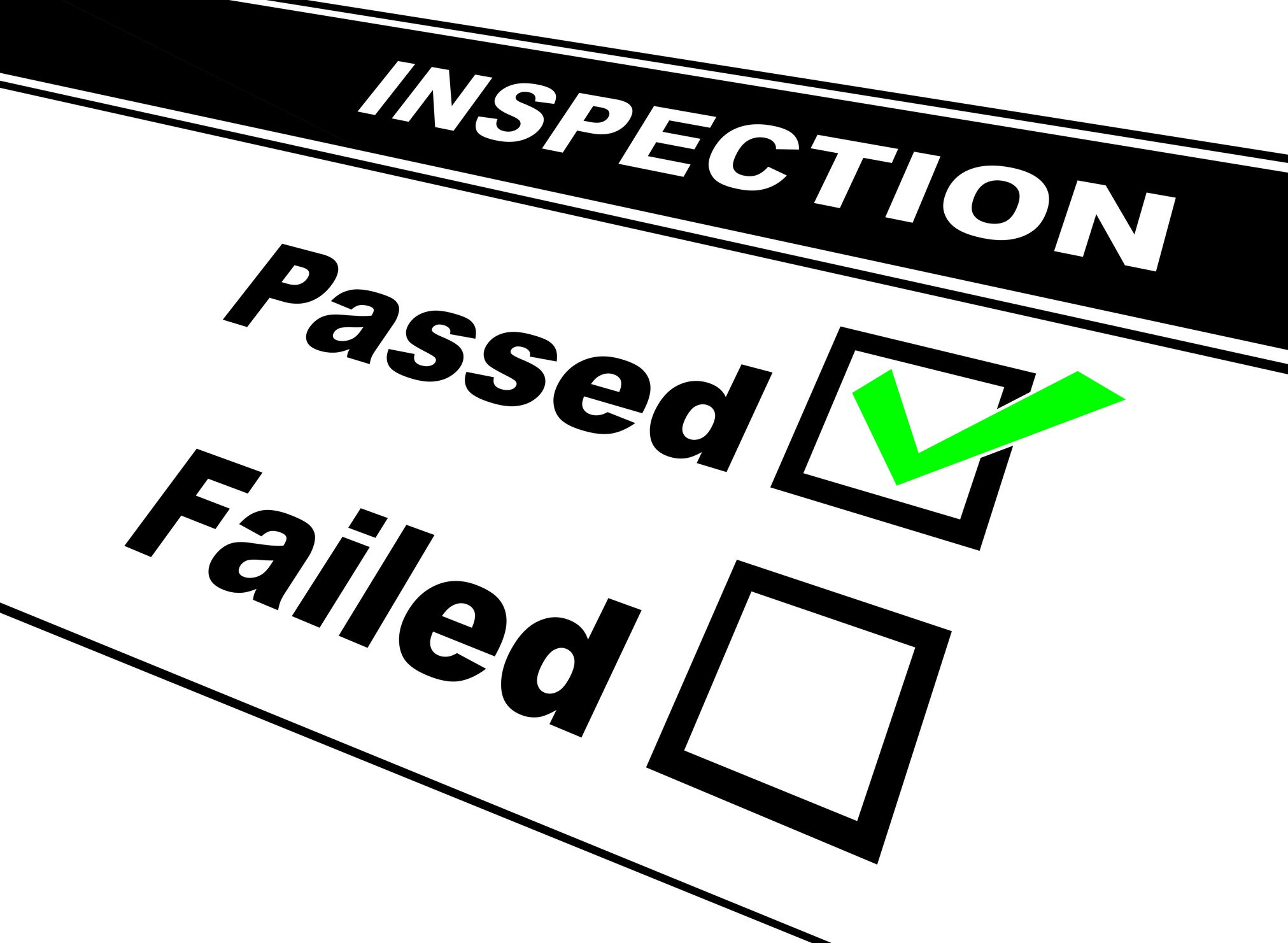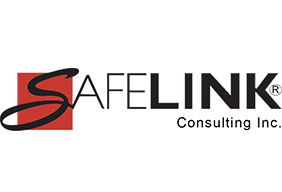One part, and usually the initial part, of an FDA inspection covers management controls. If you have a Quality Management System developed, then the documentation should be in place, but in an inspection the objectives must be proven. The ability to demonstrate how you evaluate the effectiveness of your quality system is critical in an inspection so hopefully this information will help you get started on the right foot. Better to know now what is expected than hear about your lack of management controls at the conclusion of the inspection.
FDA expects management to provide adequate resources for device design, manufacturing, quality assurance, distribution, installation, and servicing activities; assure the quality system is functioning properly; monitor the quality system; and make necessary adjustments. From their point of view, a quality system that has been implemented effectively and is monitored to identify and address problems is more likely to produce devices that function as intended.
So how would your management controls stand up in an FDA inspection? FDA directs its inspectors that the inspectional objectives are to verify that:
• A quality policy, management review and quality audit procedures, quality plan, and quality system procedures and instructions have been defined and documented.
• A quality policy and objectives have been implemented.
• The firm's established organizational structure includes provisions for responsibilities, authorities and necessary resources.
• A management representative has been appointed and works within their limit of authority, is competent, and has adequate responsibility.
• Management reviews, including a review of the suitability and effectiveness of the quality system, are being conducted.
• Quality audits, including re-audits of deficient matters, of the quality system are being conducted.
• Management with executive responsibility ensures that an adequate and effective quality system has been established and maintained.
A primary purpose of the inspection is to determine whether management with executive responsibility ensures that an adequate and effective quality system has been established, i.e. is it defined, documented, and implemented.
When giving you notice of an FDA inspection, you are usually asked to provide your overall (or top level) quality system policies, objectives, and procedures. If you don’t provide them prior to the inspection, then the inspector will review these documents at the beginning of the inspection. Here are some questions to use to evaluate your management controls:
1. How would you show that the quality policy and objectives are understood and implemented at all levels of your organization? The quality policy expresses the overall intentions and directions of an organization with respect to quality. You must establish a clear quality policy with achievable objectives which are then accomplished through methods and procedures.
2. Have you asked your employees to tell you about your quality policy? How would they answer that question? An FDA inspector is directed not to interrupt an employee while performing a task, but can speak with them during a break to ask about the quality policy and quality objectives. You may have the policy available in the Quality Manual, in a procedures, or posted in the building. It doesn't matter how you made the policy known, only that personnel know that there is a policy and where they can read the policy for themselves.
3. Do you have employee training records available to document quality training? The inspector can also review employee training records to see if they have been trained in the firm's quality policy and objectives. In particular, this should be done for those employees involved in key operations.
4. Do you have written procedures for conducting management reviews and quality audits which include defined intervals for when they should occur? FDA considers these a foundation of a good quality system. Quality audits should examine the quality system activities to demonstrate that the procedures are appropriate to achieve quality system objectives and that procedures have been implemented. The ability to show when quality audits and management reviews have been conducted is essential in this part of an inspection. There are certain documents that you don’t have to produce in their entirety, such as an audit, but you must be able to show a schedule of when they occurred. Note: With the incorporation of ISO 13485:2016, FDA may, beginning in 2026, review internal audits, supplier audits, and management review meeting minutes where they currently don't have access to them.
5. Does your auditor have direct responsibility for the area being audited? The person conducting the audit should not having direct responsibility for matters being audited. One person and other very small firms must generally establish independence, even if it means hiring outside auditors, because the failure to have an independent auditor could result in an ineffective audit.
6. Do you conduct re-audits of deficient matters? Re-audits of deficient matters are not always required, but where one is indicated, it must be conducted. The re-audit report should verify the recommended corrective action(s) was implemented and effective.
7. Do you have a written quality plan that defines your quality practices, resources and activities that are relevant to the devices that you are manufacturing? This would be written procedures that describe how you intend to meet your quality requirements. These usually include the Quality Manual, Device Master Record(s), production procedures, etc. Your quality plans may be specific to one device or be generic to all devices manufactured by you.
8. Can you show that your finished devices, manufacturing processes, and all related activities conform to approved specifications? The inspector is verifying that you are assuring that your finished devices meet predetermined design specifications. You must be able to show that manufacturing processes are controlled and adequate for their intended use, documentation is controlled and maintained, equipment is calibrated, inspected, tested, etc. If an FDA 483 is issued it must be specific and point out the controls that are missing or believed inadequate.
9. Do you have an organizational chart available that shows your organization’s structure? The purpose of this is to ensure that the technical, administrative, and human factors that affect the quality of a device are controlled. These controls are aimed towards the reduction, elimination, or ideally, the prevention of quality nonconformities.
10. Have you documented the appointment of a management representative? This individual’s responsibility is to ensure that the quality system is effectively established and maintained. Also, this individual reports on its performance to management with executive responsibility for review. The inspector is directed to determine whether the appointed management representative actually has the purported responsibility and authority granted to him/her by the organization’s procedures or organizational structure.
Seek help with conducting an internal quality audit.
Have questions about your dental lab quality system or need FDA compliance assistance? Contact SafeLink Consulting for help with FDA registration and assistance with developing a Quality System and Good Manufacturing Practices - GMP for medical devices manufacturers including the dental lab, workplace health & safety training, infection control training and HIPAA training online, plus more. Learn more about FDA Dental Regulations




